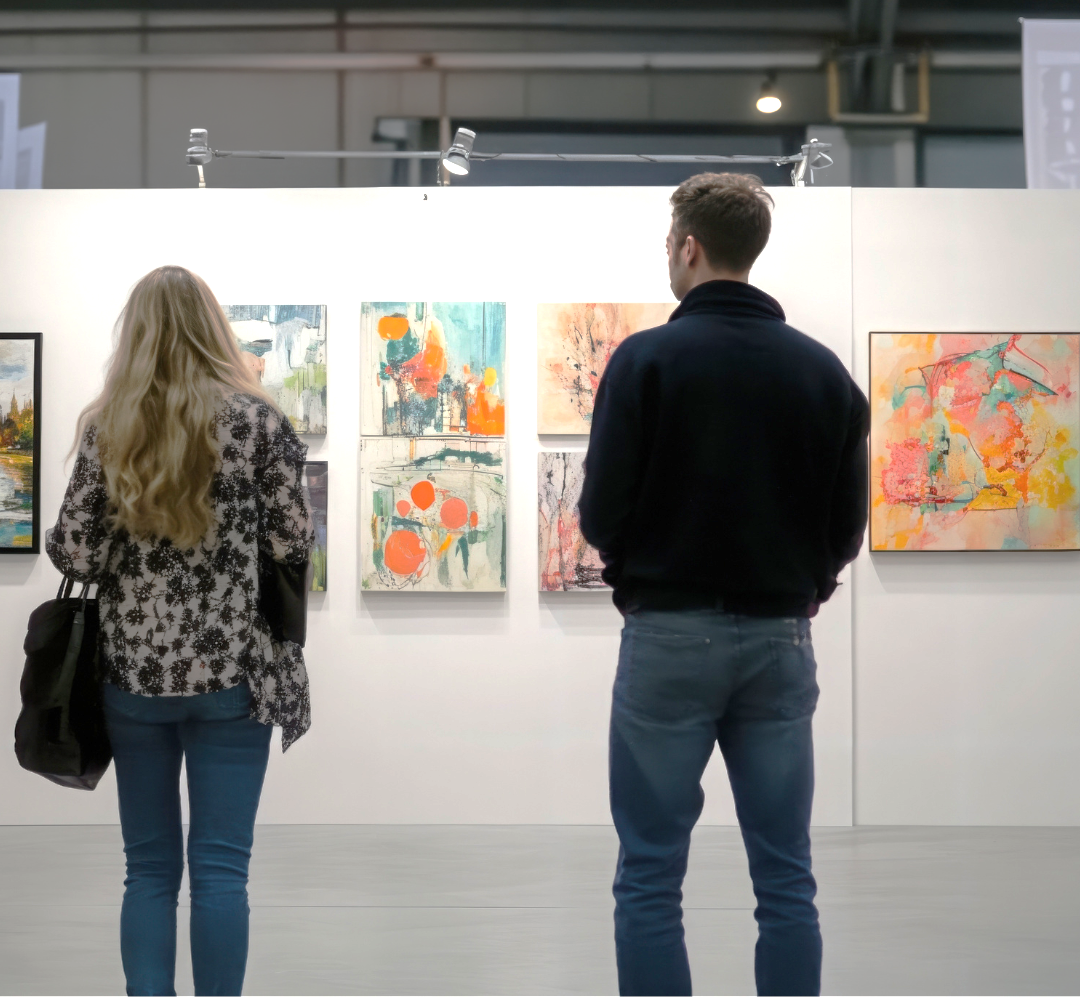
Art is for Everyone: A Beginner’s Guide to Enjoying and Connecting with Art
Share
When I tell people I am an artist, I usually get a positive reaction and a question or two. Though sometimes people look at me apologetically and say "I don't know anything about art."
In my mind, it's not so much "What do you know?" it's "What do you like?" You don't have to know much about art to enjoy it. It's everywhere: from public installations at the airport, to your local library, to electric boxes on the street corner.
It's a mistake to think art is for the privileged few. High end art galleries may promote a certain kind of exclusivity, but there are so many places to see and enjoy art in everyday life. Smaller galleries, art festivals, community centers, and coffee shops are other great places to browse and connect.
Artist Sergio Gomez says "Let go of the misconception that art is exclusively reserved for the wealthy—art is a gift meant for everyone." I couldn't agree more.
I was disappointed when I took my first art history class in college and realized it was all about learning to repeat what other people thought was important about the art. I was much more interested in what I thought and liked. But it was not a class that had room for that kind of conversation. Too bad.
If you want to bring some art into your life, don't feel intimidated. Art is for everyone. Most artists are happy to share more information about their process and what inspires them. Art often comes with a story or feeling behind it that may or may not match what you take away from it. As the viewer, you can (and should) make your own conclusions about the artwork and how it makes you feel. After all, it's the personal connection that matters.
Our personal and cultural experiences influence how we perceive artwork. Bryan Eno describes this well in his book "What Art Does: An Unfinished Theory."
"What happens in your mind when you see an artwork depends on your personal history and the history of your culture. It's like a language that changes meaning depending on the listener".
There is no one right way to understand a piece of art. Whether you are just looking or considering buying a piece, here are a few questions to consider:
- What colors are you drawn to?
- What kind of scenery inspires you?
- Do you like detailed work or a more loose, abstract style?
- Why am I drawn to this piece? What is the story behind it?
- Who is the artist? Where are they from and what is their background?
- How will this piece fit with the space I have in mind?
Art isn’t about having the “right” answers—it’s about feeling something, noticing something, or connecting with something. Whether you’re at a gallery, walking by a local mural, or looking at art on Instagram, you’re allowed to respond in your own way.
Most of all, let art be a source of inspiration, joy and reflection in your life.
Author: Katie Weaver
You may also like:
10 Reasons to Buy Original Art
2025 Guide to Fall Art Festivals & Studio Tours in the Seattle Area
Color Your Way to Calm: How Adult Coloring Books Help Reduce Stress
5 Benefits of Art & Crafting for Mental Health and Connection
Sign up for my newsletter here.
**My twice a month newsletter includes studio updates, inspiration behind my work, and links to all the blog posts so you won't miss anything! I'd love to have you join my community!
